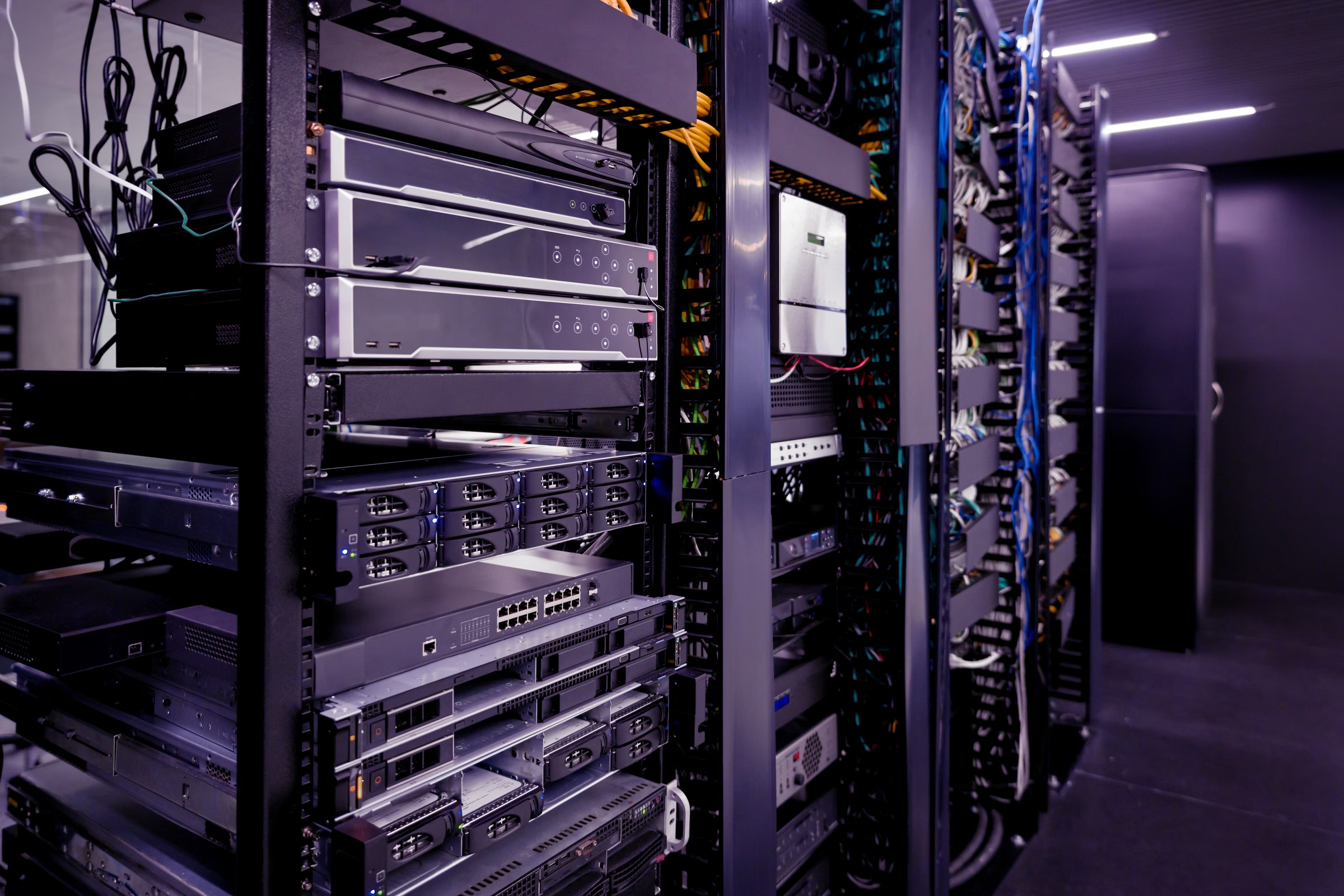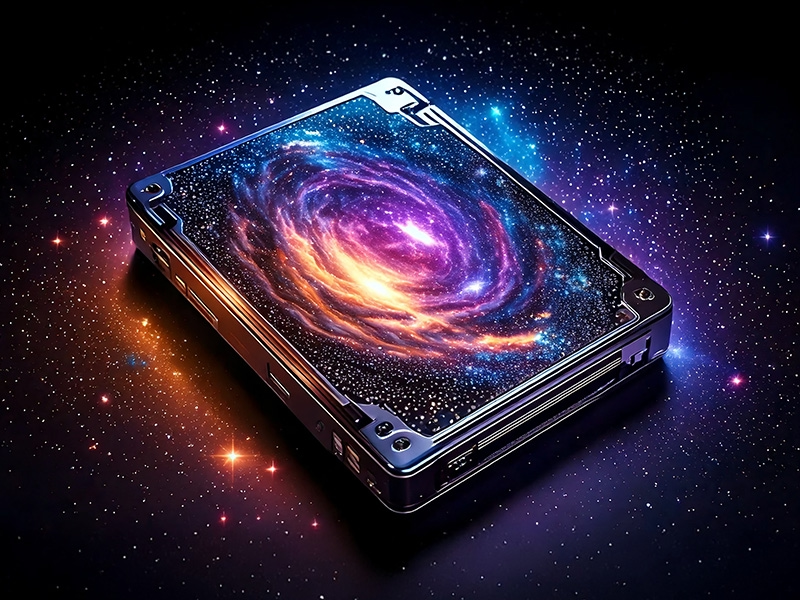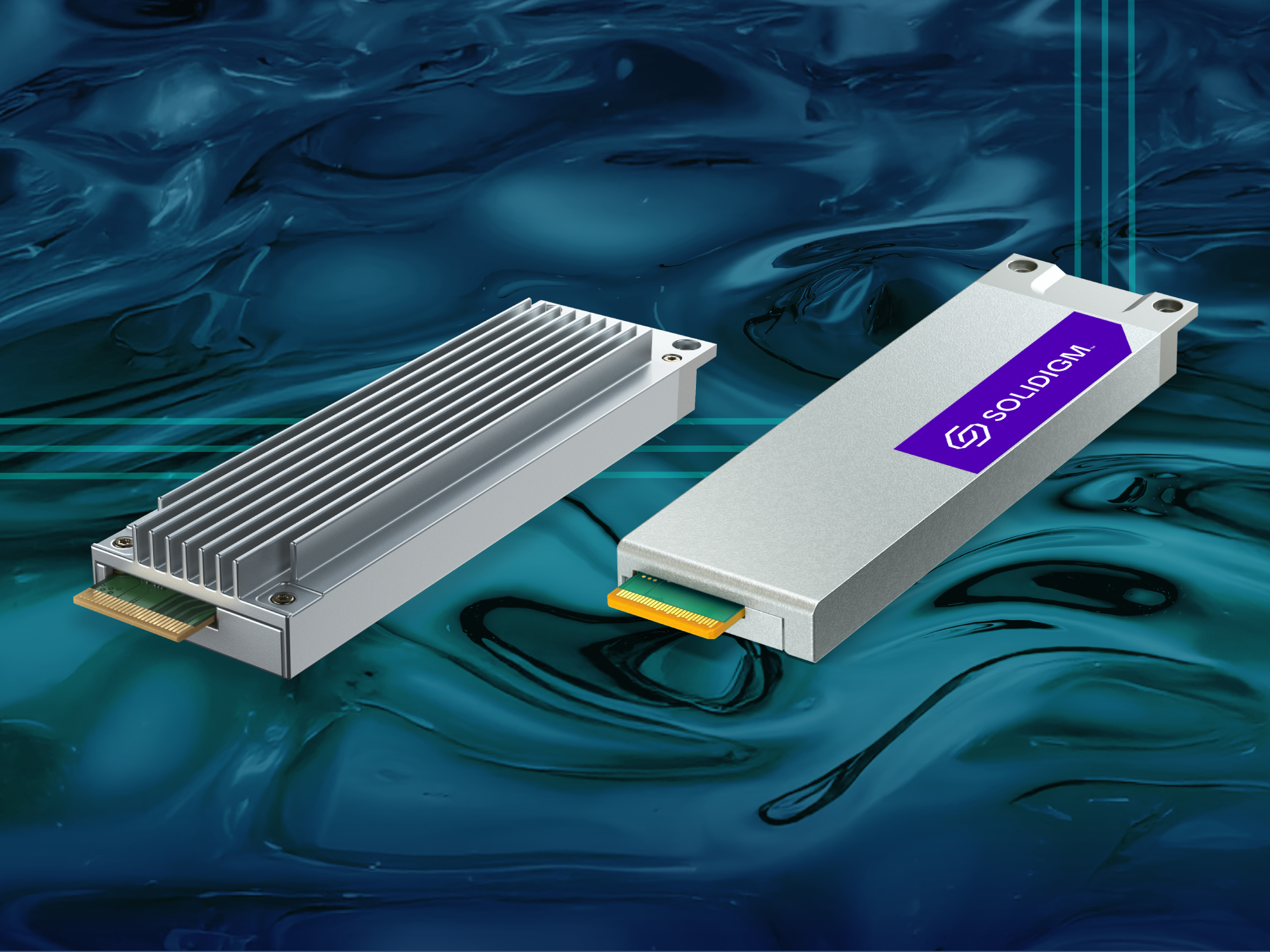Solidigm™ High-Density SSDs Enable Edge AI in Boon to Astrophotography
Summary of Storage Review Article by Jordan Ranous
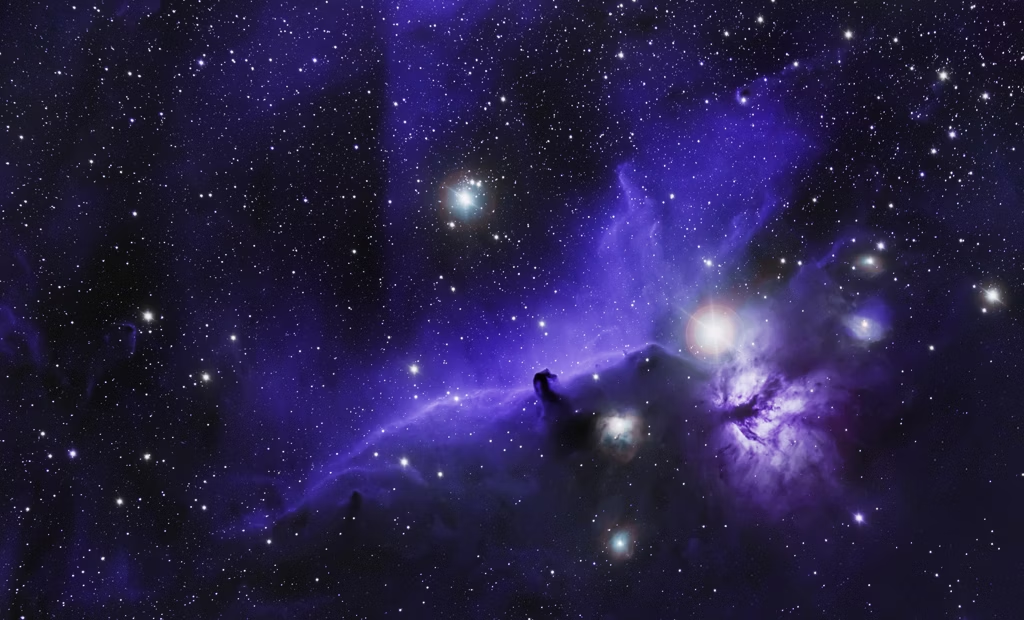
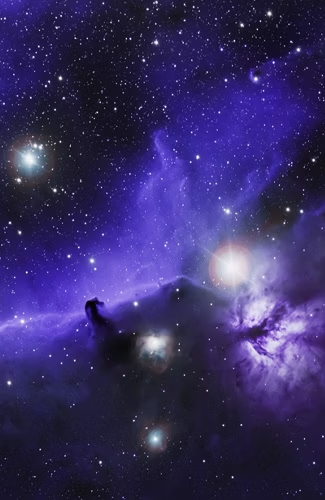
For as long as humans have been around, we’ve looked to the stars: questioning, contemplating, and searching for answers. But unlike thousands of years ago, today’s technologies empower us to capture and analyze the heavens using photography.
Astrophotography is the latest chapter in humanity’s enduring fascination with the cosmos. Driven by rapid technological advancements, this branch of photography, dedicated to capturing images of celestial bodies, has undergone a transformation in recent years. The digital age has introduced advanced imaging and artificial intelligence (AI), both of which allow astrophotographers to capture images with unprecedented clarity and depth. However, the digital revolution also brings with it challenges, particularly in handling, storing, and processing the vast amounts of data generated in these detailed images.
Against this backdrop, Solidigm high-density SSDs have emerged as a game-changer. This article explores the transformative impact of SSD technology on astrophotography, including how Solidigm™ SSDs allow astrophotographers to better understand our universe.
The role of AI in astrophotography
The integration of AI into astrophotography has marked a major advancement in the field, transforming how celestial data is processed and analyzed. AI algorithms, particularly those based on machine learning and deep learning, can sift through vast datasets, identifying patterns and features that would be impossible for human observers to discern within a practical time frame. This capability is particularly valuable when the objective is to extract meaningful information from images that contain subtle and complex data.

Figure 1. Seven Sisters constellation image using AI astrophotography
The efficacy of AI in astrophotography depends heavily on the quality of the data it processes. High-quality, detailed images are crucial for accurate AI inference, because these algorithms learn and make predictions based on the data fed into them. In this context, the clarity, resolution, and fidelity of the astronomical images captured are paramount. Low-quality data can lead to inaccuracies in AI-generated insights, undermining the potential benefits of integrating AI into astrophotography workflows.
By leveraging the power of AI, astrophotographers can improve the efficiency and accuracy of their work to unlock new possibilities in the exploration of the cosmos.
The problem landscape
Despite the potential of AI and edge computing to influence astrophotography, the field still faces a unique set of challenges. These are primarily centered on the volume, speed, and reliability of data capture.
1. Massive volume of data
Each photograph of the cosmos is a vast repository of data, dense with information about the stars, planets, and galaxies. The sheer volume of data generated in a single night's observation can be staggering, stretching the limits of traditional data storage and processing capacities.
2. Varying event timescales
Moreover, the speed at which data needs to be captured and processed is critical in astrophotography. Celestial events and phenomena occur over varying timescales, from the blink-and-you-miss-it transit of an asteroid to the gradual motion of galaxies across the sky. Capturing these events, and running the associated AI algorithms, requires more than precise timing. It requires the ability to quickly process and analyze the data to confirm the success of the capture and the quality of the data collected.
3. Accuracy of data capture
Reliability is another challenge. The data captured must be accurate and complete with no room for errors or losses. Given that many celestial phenomena are transient or once-in-a-lifetime events, every data-capture session is precious, and the loss of data due to equipment failure or processing errors would be a significant setback.
Importance of edge data capture and compute
To meet these challenges, many are turning to edge computing for astrophotography. The essence of edge computing lies in its ability to process data close to where it is generated, minimizing latency and reducing the need for data to travel over a network to a central data center or cloud for processing.
In the context of astrophotography, edge servers act as the backbone for data-intensive computational tasks performed at the observation site. These servers are designed to process and store data locally, reducing the need for constant, high-volume data transmission to central data centers. By positioning computational power closer to where data is generated, edge servers offer a significant boost in processing speed and efficiency, which is crucial for time-sensitive and data-heavy fields like astrophotography.
With edge servers, real-time data processing changes the game. It allows astrophotographers to immediately analyze the images they capture, providing instant feedback on the quality of data and the need for any adjustments in their observational parameters. This immediacy is crucial for capturing transient celestial events or making real-time decisions about which phenomena to study in more detail.
Edge computing also significantly reduces data transmission times and costs. By processing data locally, only the results or significantly compressed data sets need to be sent to central servers for further analysis or storage. This reduction in data transmission saves time and money while ensuring that the integrity of the data is maintained.
Data storage challenges and solutions
Edge computing is only as powerful as the data that it can access. In this context, the choice for memory storage often lies somewhere between hard disk drives (HDDs) and SSDs.
Traditionally, HDDs have been the go-to storage solution, with their higher storage capacities and lower cost per gigabyte. However, HDDs rely on mechanical parts, which are prone to wear and tear, especially in edge-computing environments where equipment may be subjected to harsh or variable conditions. This mechanical nature of HDDs introduces latency in data access times and degrades reliability, making HDDs less than ideal for applications that require rapid data processing and resilience against physical shocks or failures.
In contrast, SSDs bring a bevy of advantages well-suited to the demands of astrophotography and edge computing environments. The absence of moving parts not only leads to faster data access and transfer speeds but also reduces the risk of mechanical failure. Moreover, SSDs consume less power and can operate more quietly and efficiently, enhancing their suitability for remote or portable astrophotography setups.
Unfortunately, SSDs historically have been viewed as the less attractive option for bulk storage because of their higher cost per gigabyte and lower capacities compared with HDDs.
Solidigm SSDs: The best of both worlds for astrophotography
Today, Solidigm offers customers unique SSD solutions that bring all of the benefits of SSDs without the historical shortcomings.
High capacity storage
Uniquely, Solidigm SSDs offer high capacities, which rival or even surpass traditional HDDs, without sacrificing the speed or reliability for which SSDs are known. For example, the Solidigm D5-P5336 QLC solution has a capacity of up to 61.44TB. This level of storage capacity is crucial for astrophotography, where a single night’s observation can generate terabytes of data.

Figure 2. Solidigm D5-P5336 SSDs used in astrophotography build
Failure immunity
Even better, Solidigm SSDs boast an exceptional failure immunity. The technology’s inherent absence of moving parts not only reduces wear and tear, significantly extending the lifespan of the drive, but also minimizes the risk of data loss because of mechanical failures.
Outstanding performance
Finally, Solidigm SSDs still offer all of the same performance benefits that the industry has come to expect from SSDs. For example, the Solidigm D5-P5336 QLC SSDs has a sequential read bandwidth of 28,000 MB/s. With high read and write speeds, the Solidigm D5-P5336 can quickly and efficiently process and store data, enabling real-time data analysis and fast turnaround times for capturing celestial phenomena.
By overcoming historical limitations related to capacity and reliability, Solidigm SSDs offer a compelling solution for the edge-computing needs of astrophotography. That means that astrophotographers can capture the universe with unprecedented efficiency and detail, pushing the boundaries of discovery and enabling the documentation of celestial phenomena with greater speed and accuracy than ever before.
SSDs: A cornerstone of astronomical observation
The journey of astrophotography into the digital age has been profoundly influenced by the advent of edge computing and artificial intelligence. Solidigm SSDs, with their high capacity, failure immunity, and superior performance, have successfully addressed the long-standing challenges of data volume, speed, and reliability in astrophotography. By providing robust, efficient, and fast storage solutions, these SSDs have become a cornerstone of modern astronomical observation, enabling the collection, storage, and analysis of data at speeds and volumes previously unimaginable.
The future of astrophotography appears brighter than ever. As storage technologies continue to evolve, technology promises to push the limits of what can be achieved, creating deeper insights into the universe and unlocking new possibilities for discovery.
Read the full article by Jordan Ranous from Storage Review
